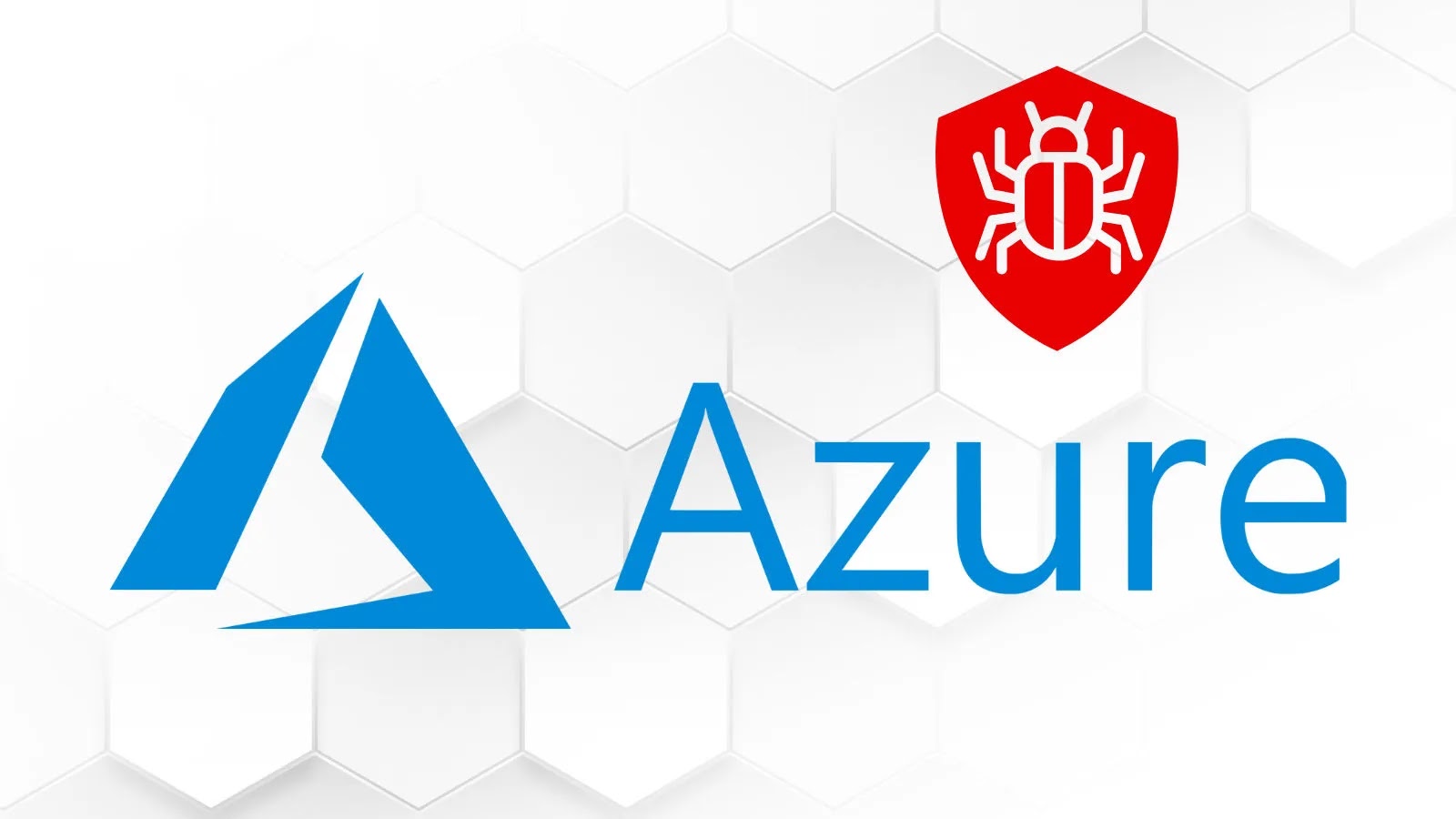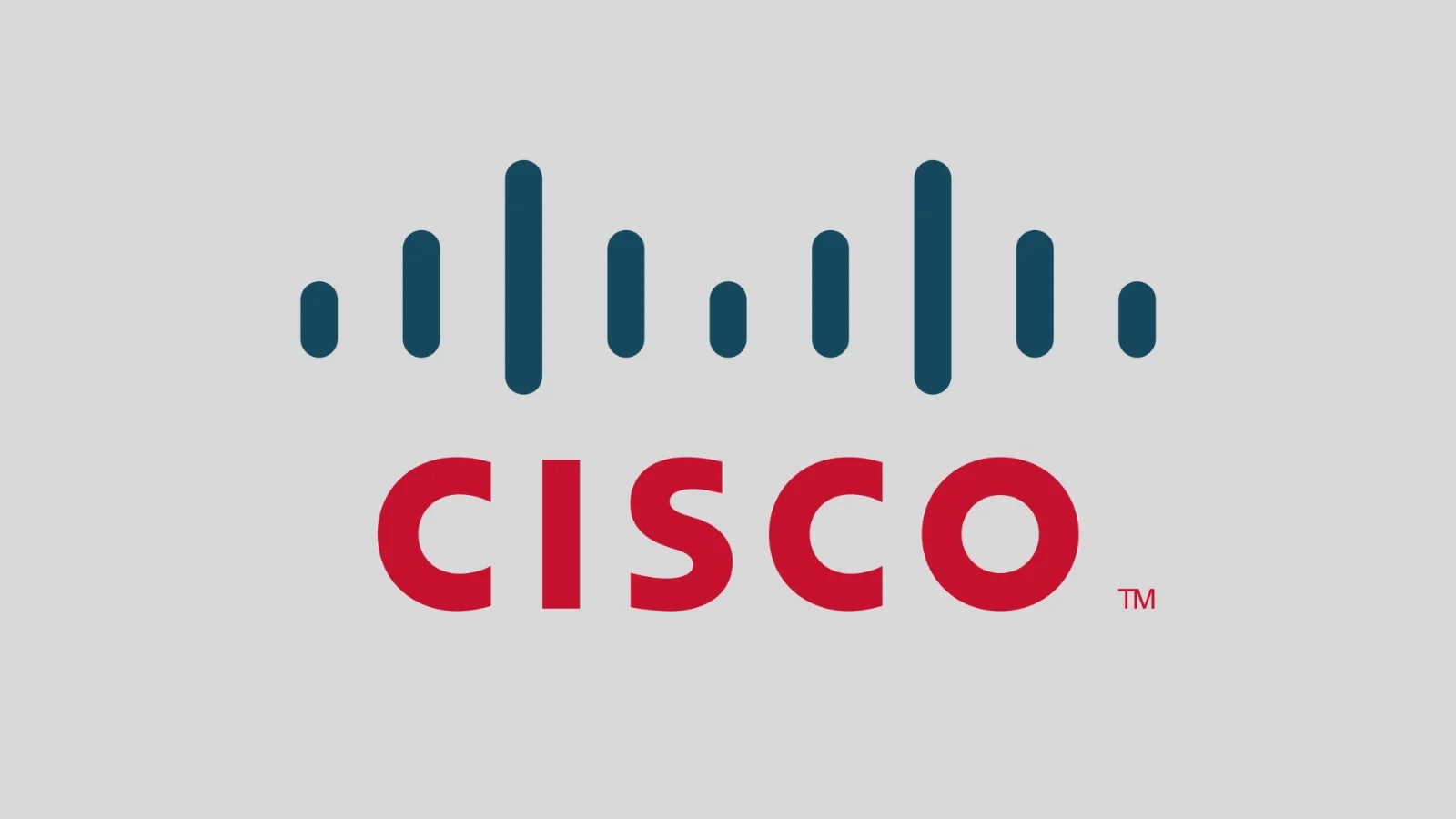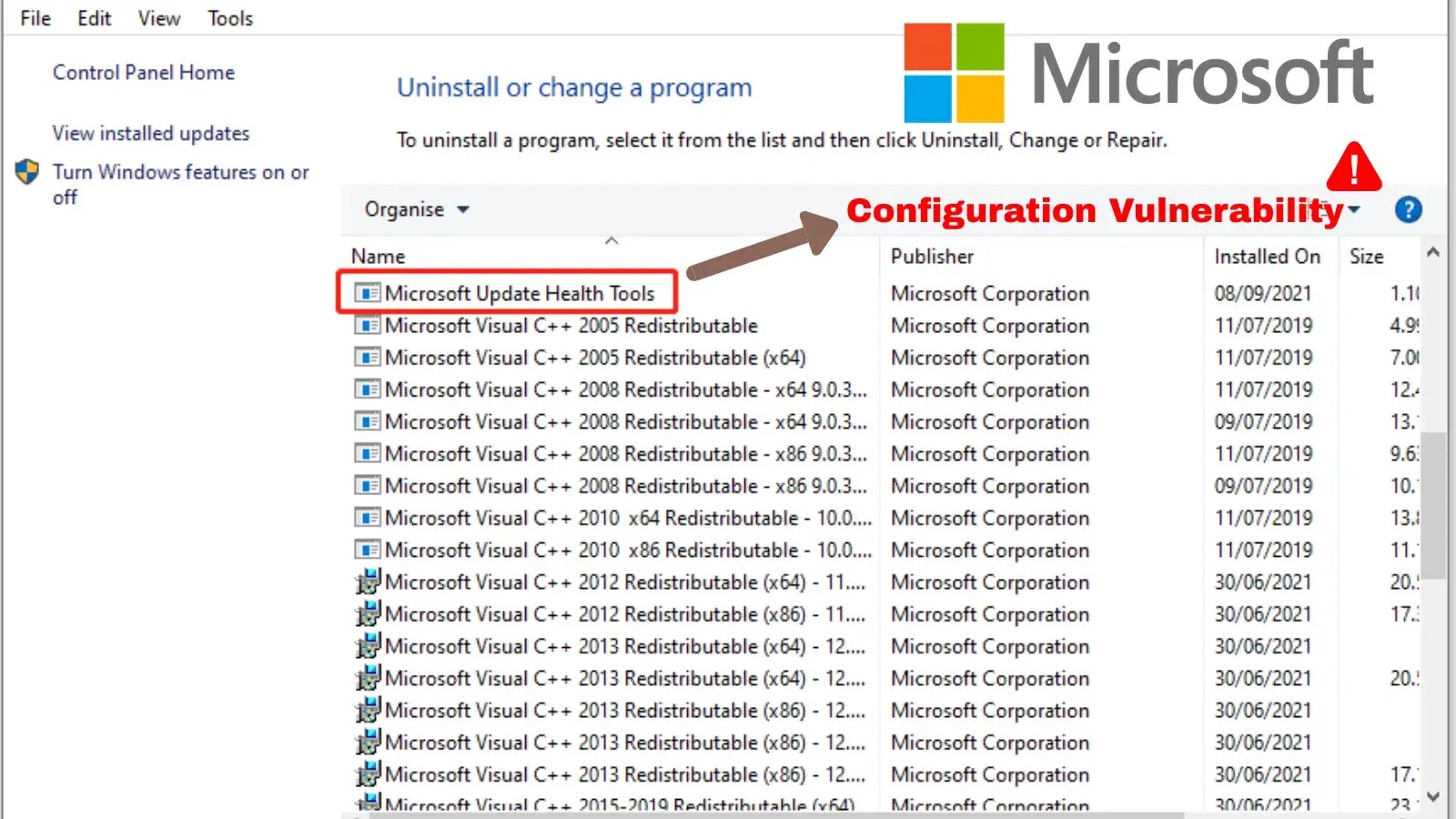In the ever-evolving landscape of cybersecurity, a recent discovery has unveiled a significant vulnerability within Microsoft’s Azure ecosystem. This flaw allows cybercriminals to craft deceptive applications that closely resemble legitimate services, such as the Azure Portal, thereby facilitating sophisticated phishing attacks.
Understanding the Vulnerability
Azure applications are integral components that interact seamlessly with Azure services, often requiring user consent to access various resources. These applications can request two primary types of permissions:
1. Delegated Permissions: These permissions enable applications to act on behalf of the user, accessing resources like emails, files, and calendars.
2. Application Permissions: These grant applications independent access to resources without user intervention.
When misused, these permissions can serve as potent tools for cyber attackers, facilitating unauthorized access, persistence, and privilege escalation within Microsoft 365 environments.
The Unicode Exploit
Security researchers at Varonis identified that Azure’s protective measures, designed to prevent the use of reserved names for cross-tenant applications, could be circumvented through the insertion of invisible Unicode characters. By embedding characters like the Combining Grapheme Joiner (U+034F) within application names—transforming Azure Portal into Az͏u͏r͏e͏ ͏P͏o͏r͏t͏a͏l—attackers can create applications that appear authentic on consent screens.
This technique exploits the absence of verification badges in many Microsoft applications, leading users to overlook warnings about third-party origins. The manipulation is effective with over 260 such characters, including those in the U+FE00 to U+FE0F range.
Phishing Tactics Amplify the Threat
The exploitation of this vulnerability is further intensified through sophisticated phishing strategies:
1. Illicit Consent Grants: Attackers dispatch phishing emails containing links to counterfeit files. Clicking these links redirects victims to a consent page for the malicious application. Once consent is given, attackers obtain access tokens, granting them the same resource privileges as the victim, all without needing passwords.
2. Device Code Phishing: In this method, attackers generate a verification URI and code for their malicious application. Victims are deceived into entering this code on a legitimate-looking site. The attacker then polls for the token, effectively hijacking the session.
These deceptive tactics are particularly effective because the consent pages for the spoofed applications are convincingly designed, often incorporating Azure icons. Discussions in online forums reveal that users frequently dismiss unverified alerts, mistakenly assuming they are safe since they appear to originate from Microsoft.
Scope of Potential Impersonations
The breadth of potential impersonations is alarming. Prohibited names tested include widely used services such as Microsoft Teams, Power BI, and OneDrive SyncEngine. This underscores the extensive range of applications that could be mimicked to deceive users.
Microsoft’s Response and Recommendations
Upon disclosure of these issues by Varonis, Microsoft acted promptly:
– April 2025: Addressed the initial Unicode bypass vulnerability.
– October 2025: Implemented a broader fix to enhance security measures.
These updates have been applied automatically, requiring no action from customers. However, security experts strongly advise organizations to:
– Monitor Application Consents: Regularly review and audit application consents to detect any unauthorized or suspicious activities.
– Enforce Least-Privilege Permissions: Ensure that applications are granted only the permissions necessary for their function, minimizing potential exploitation avenues.
– Educate Users on Phishing Indicators: Conduct training sessions to help users recognize and respond appropriately to phishing attempts, emphasizing the importance of scrutinizing consent requests.
Broader Implications and the Need for Vigilance
This incident serves as a stark reminder of the necessity for layered defenses in cloud environments. As cyber attackers continually refine their methods, organizations must remain vigilant. A seemingly innocuous application consent can serve as the gateway for significant security breaches.
By understanding the mechanisms of such vulnerabilities and implementing robust security practices, organizations can better protect themselves against the evolving threats in the digital landscape.



